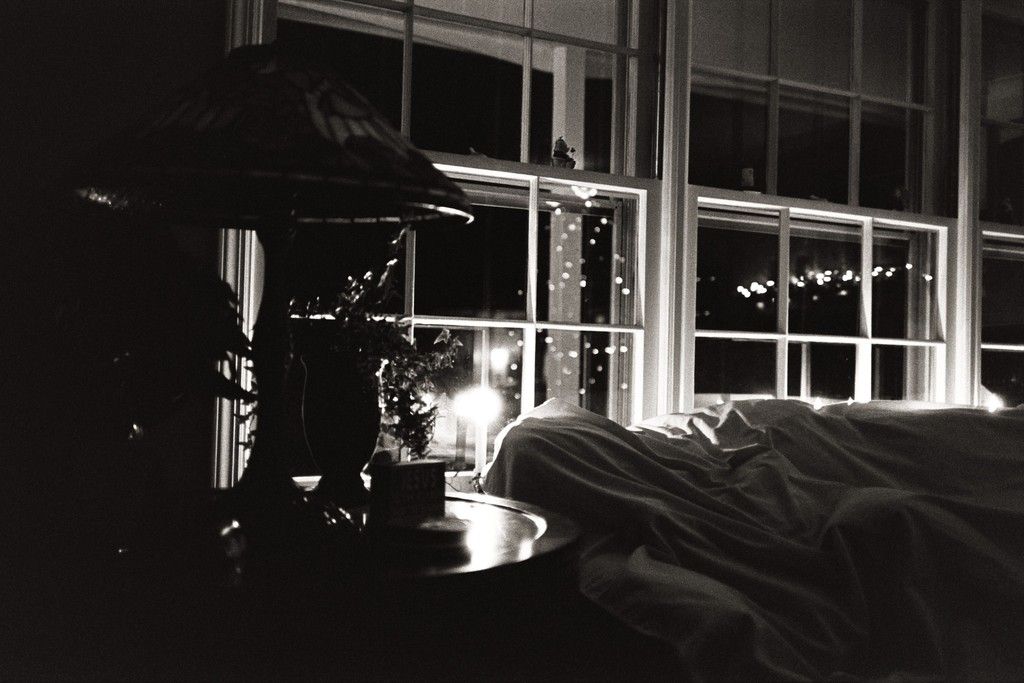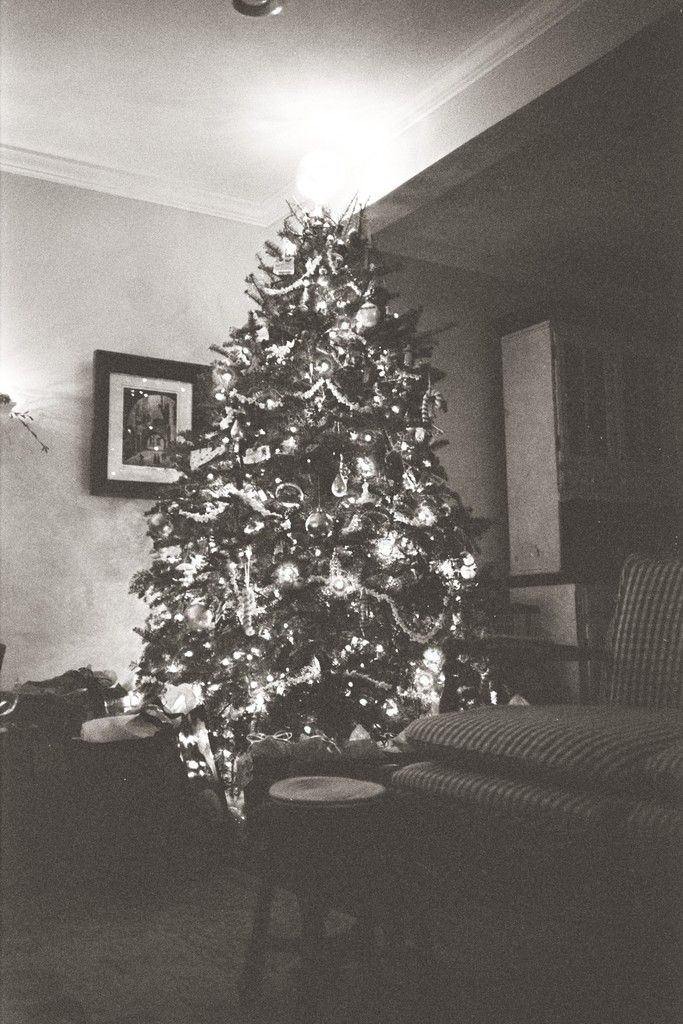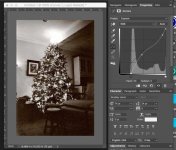Talus
pan sin sal
Hello all. I'm new to developing my own film and there aren't many resources around me, nor any of my friends are into photography.
So I ask the wise RFF family for the answer to a hopefully simple question.
I shot this roll of Tri-X @800. Developed in Diafine @80F. Scanned on a Pakon F135.
Why do some of my images come out crisp and contrasty (appearing properly exposed) and the other super hazy like this? Am I not exposing properly? Or is it a bad scan? Chemistry issue?
Thanks in advance.
Clearer:

Hazy:

So I ask the wise RFF family for the answer to a hopefully simple question.
I shot this roll of Tri-X @800. Developed in Diafine @80F. Scanned on a Pakon F135.
Why do some of my images come out crisp and contrasty (appearing properly exposed) and the other super hazy like this? Am I not exposing properly? Or is it a bad scan? Chemistry issue?
Thanks in advance.
Clearer:

Hazy:



